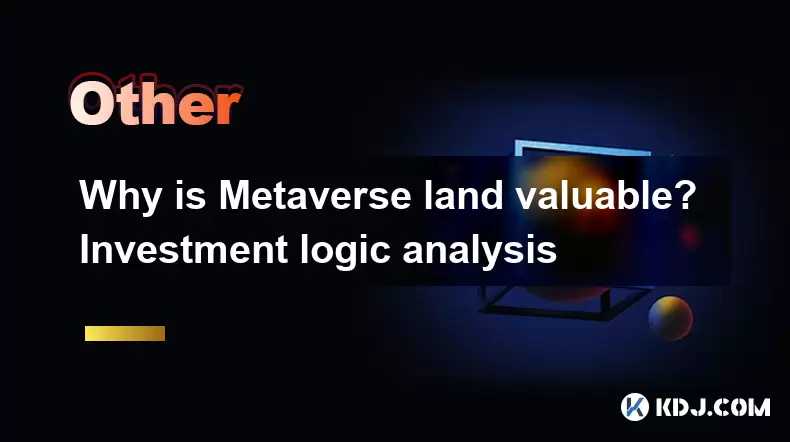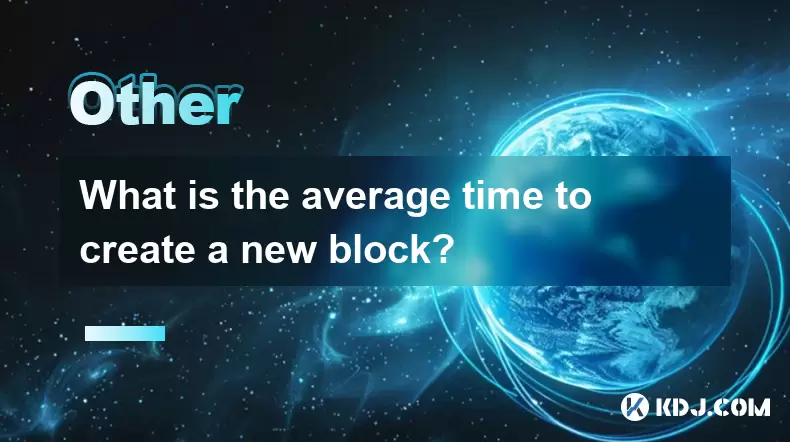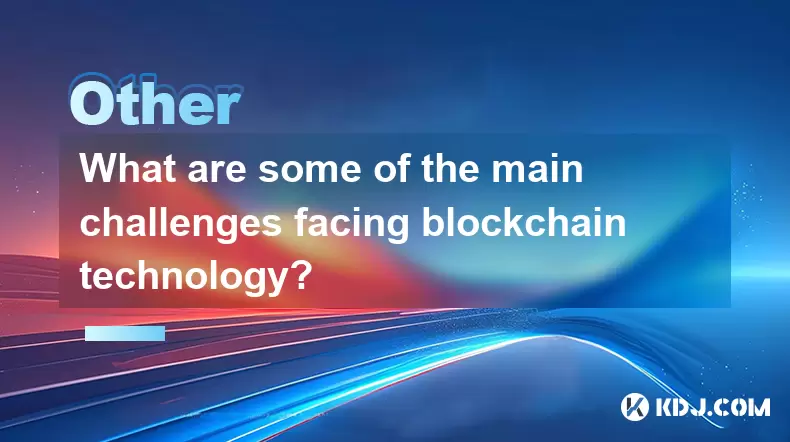-
 Bitcoin
Bitcoin $117500
2.15% -
 Ethereum
Ethereum $3911
6.19% -
 XRP
XRP $3.316
10.79% -
 Tether USDt
Tether USDt $1.000
0.01% -
 BNB
BNB $787.2
2.24% -
 Solana
Solana $175.2
4.15% -
 USDC
USDC $0.9999
0.00% -
 Dogecoin
Dogecoin $0.2225
8.40% -
 TRON
TRON $0.3383
0.28% -
 Cardano
Cardano $0.7868
6.02% -
 Stellar
Stellar $0.4382
9.34% -
 Hyperliquid
Hyperliquid $40.92
7.56% -
 Sui
Sui $3.764
7.63% -
 Chainlink
Chainlink $18.48
10.66% -
 Bitcoin Cash
Bitcoin Cash $582.1
1.88% -
 Hedera
Hedera $0.2601
6.30% -
 Avalanche
Avalanche $23.33
4.94% -
 Ethena USDe
Ethena USDe $1.001
0.02% -
 Litecoin
Litecoin $122.3
2.04% -
 UNUS SED LEO
UNUS SED LEO $8.969
-0.27% -
 Toncoin
Toncoin $3.339
0.86% -
 Shiba Inu
Shiba Inu $0.00001287
4.30% -
 Uniswap
Uniswap $10.43
7.38% -
 Polkadot
Polkadot $3.861
5.08% -
 Dai
Dai $1.000
0.02% -
 Bitget Token
Bitget Token $4.513
3.41% -
 Monero
Monero $267.7
-6.18% -
 Cronos
Cronos $0.1499
4.14% -
 Pepe
Pepe $0.00001110
5.15% -
 Aave
Aave $284.9
8.28%
Why is Metaverse land valuable? Investment logic analysis
Virtual land in the Metaverse offers investment, branding, and community-building opportunities as digital real estate gains value through scarcity and innovation.
Jun 21, 2025 at 10:01 pm

Understanding Metaverse Land and Its Significance
Metaverse land refers to virtual real estate within a decentralized digital universe. Unlike traditional real estate, this land exists in 3D environments powered by blockchain technology. Platforms such as Decentraland, The Sandbox, and Somnium Space offer users the ability to buy, sell, and develop virtual plots of land. These parcels are typically represented as NFTs (non-fungible tokens), making them unique and verifiably scarce. As the concept of a persistent, immersive digital world gains traction, the demand for virtual land ownership has surged, prompting investors to explore its potential.
Virtual land scarcity is a core driver of value, much like physical real estate. Limited supply combined with growing interest from individuals and corporations increases competition for prime locations.
Economic Potential Within Virtual Worlds
Investing in Metaverse land opens opportunities for revenue generation through various models. Owners can monetize their virtual properties by hosting events, renting out space, or developing content that attracts visitors. For example:
- Retail spaces where brands can showcase products
- Venues for concerts, conferences, or exhibitions
- Advertising billboards placed on high-traffic parcels
These activities mirror real-world commercial uses but operate in a global, borderless environment. Additionally, many platforms allow creators to earn income via native tokens tied to their ecosystems, such as MANA in Decentraland or SAND in The Sandbox.
The integration of DeFi mechanisms enables staking, yield farming, and governance participation, enhancing the economic depth of virtual land investments.
Branding and Marketing Opportunities
Major corporations have started acquiring Metaverse land to establish a presence in emerging digital economies. Brands like Gucci, Nike, and Samsung have purchased virtual plots to create interactive experiences for consumers. This trend reflects a shift toward digital-first marketing strategies, where companies aim to engage younger, tech-savvy audiences.
- Immersive brand stores that allow users to interact with products in novel ways
- Exclusive digital drops hosted on branded virtual land
- Partnerships with influencers to drive foot traffic and engagement
By owning land in popular Metaverse platforms, businesses can control their digital footprint and tailor user experiences without relying on centralized social media algorithms.
Strategic land placement near high-traffic zones or adjacent to well-known brands can significantly boost visibility and ROI.
Community Building and Social Capital
Beyond financial returns, Metaverse land plays a crucial role in community creation. Owning land allows individuals and organizations to build customized environments where users can gather, collaborate, and interact. These communities often become hubs for creativity, education, and entertainment.
- Educational institutions offering virtual classrooms and workshops
- Art galleries displaying digital art collections
- Gaming arenas designed for multiplayer competitions
Engaging communities around virtual land can generate long-term loyalty and attract organic growth. Users who feel connected to a space are more likely to return, recommend it to others, and contribute to its development.
Landowners who foster vibrant, inclusive communities may see exponential growth in their asset's influence and desirability.
Technological Advancements Driving Value
Advancements in VR/AR hardware, internet speeds, and rendering capabilities are making Metaverse experiences more immersive and accessible. As these technologies mature, the appeal of virtual land will grow alongside improved user interfaces and interactivity.
- Better VR headsets increase immersion and realism
- 5G networks enable seamless access to large-scale virtual worlds
- AI integration enhances interactions within virtual environments
Platforms that support cross-platform interoperability and scalable infrastructure are likely to see increased adoption, further boosting land values.
Early adopters of Metaverse land stand to benefit from network effects as user bases expand and platform capabilities evolve.
Frequently Asked Questions
How do I verify ownership of Metaverse land?
Ownership is recorded on the blockchain and linked to your wallet address. Each parcel is an NFT, which can be viewed and transferred using compatible wallets like MetaMask or Trust Wallet.
Can I lose money investing in Metaverse land?
Yes, like any speculative investment, there is risk involved. Market demand, platform popularity, and technological developments can all affect land value. It’s important to research thoroughly before purchasing.
Is it possible to develop Metaverse land without technical skills?
Many platforms provide no-code or low-code tools to help users build virtual environments. However, complex designs may require developers or designers familiar with 3D modeling and smart contracts.
Are there taxes on Metaverse land transactions?
Tax implications depend on your jurisdiction. In many countries, buying, selling, or earning income from virtual assets may be subject to capital gains or income tax. Always consult a local tax professional.
Disclaimer:info@kdj.com
The information provided is not trading advice. kdj.com does not assume any responsibility for any investments made based on the information provided in this article. Cryptocurrencies are highly volatile and it is highly recommended that you invest with caution after thorough research!
If you believe that the content used on this website infringes your copyright, please contact us immediately (info@kdj.com) and we will delete it promptly.
- FTT Token's Wild Ride: Creditor Repayments vs. Market Drop - A New Yorker's Take
- 2025-08-08 07:10:12
- Floki Crypto Price Prediction: Riding the Robinhood Rocket or Just a Meme?
- 2025-08-08 07:15:12
- EigenLayer, Restaking, and Ethereum: Navigating the Hype and the Hazards
- 2025-08-08 06:30:12
- Super Bowl 59: Jon Batiste to Jazz Up the National Anthem
- 2025-08-08 06:30:12
- Cold Wallet Crypto in 2025: The Future is Now, Ya'll
- 2025-08-08 05:10:13
- MAGACOIN, SOL, and ADA: A Tale of Shifting Tides in Crypto
- 2025-08-08 05:10:13
Related knowledge

What is the purpose of a nonce in mining?
Aug 04,2025 at 05:56pm
Understanding the Role of a Nonce in Cryptocurrency MiningIn the world of cryptocurrency mining, the term nonce stands for 'number used only once.' Th...

Can data on a blockchain be deleted?
Aug 05,2025 at 04:00am
Understanding Blockchain ImmutabilityThe core principle behind most blockchain systems is immutability, which means that once data is recorded onto th...

What is the difference between on-chain and off-chain transactions?
Aug 02,2025 at 04:22pm
Understanding On-Chain TransactionsOn-chain transactions refer to digital asset transfers that are recorded directly on a blockchain ledger. These tra...

What is the average time to create a new block?
Aug 06,2025 at 09:21pm
Understanding Block Creation in Blockchain NetworksThe average time to create a new block varies significantly depending on the specific blockchain pr...

How are blocks linked together?
Aug 04,2025 at 06:56am
Understanding the Structure of a BlockchainA blockchain is a decentralized digital ledger composed of a sequence of blocks, each containing a list of ...

What are some of the main challenges facing blockchain technology?
Aug 07,2025 at 02:58am
Scalability Constraints in Blockchain NetworksOne of the most persistent challenges in blockchain technology is scalability. As blockchain networks gr...

What is the purpose of a nonce in mining?
Aug 04,2025 at 05:56pm
Understanding the Role of a Nonce in Cryptocurrency MiningIn the world of cryptocurrency mining, the term nonce stands for 'number used only once.' Th...

Can data on a blockchain be deleted?
Aug 05,2025 at 04:00am
Understanding Blockchain ImmutabilityThe core principle behind most blockchain systems is immutability, which means that once data is recorded onto th...

What is the difference between on-chain and off-chain transactions?
Aug 02,2025 at 04:22pm
Understanding On-Chain TransactionsOn-chain transactions refer to digital asset transfers that are recorded directly on a blockchain ledger. These tra...

What is the average time to create a new block?
Aug 06,2025 at 09:21pm
Understanding Block Creation in Blockchain NetworksThe average time to create a new block varies significantly depending on the specific blockchain pr...

How are blocks linked together?
Aug 04,2025 at 06:56am
Understanding the Structure of a BlockchainA blockchain is a decentralized digital ledger composed of a sequence of blocks, each containing a list of ...

What are some of the main challenges facing blockchain technology?
Aug 07,2025 at 02:58am
Scalability Constraints in Blockchain NetworksOne of the most persistent challenges in blockchain technology is scalability. As blockchain networks gr...
See all articles

























































































